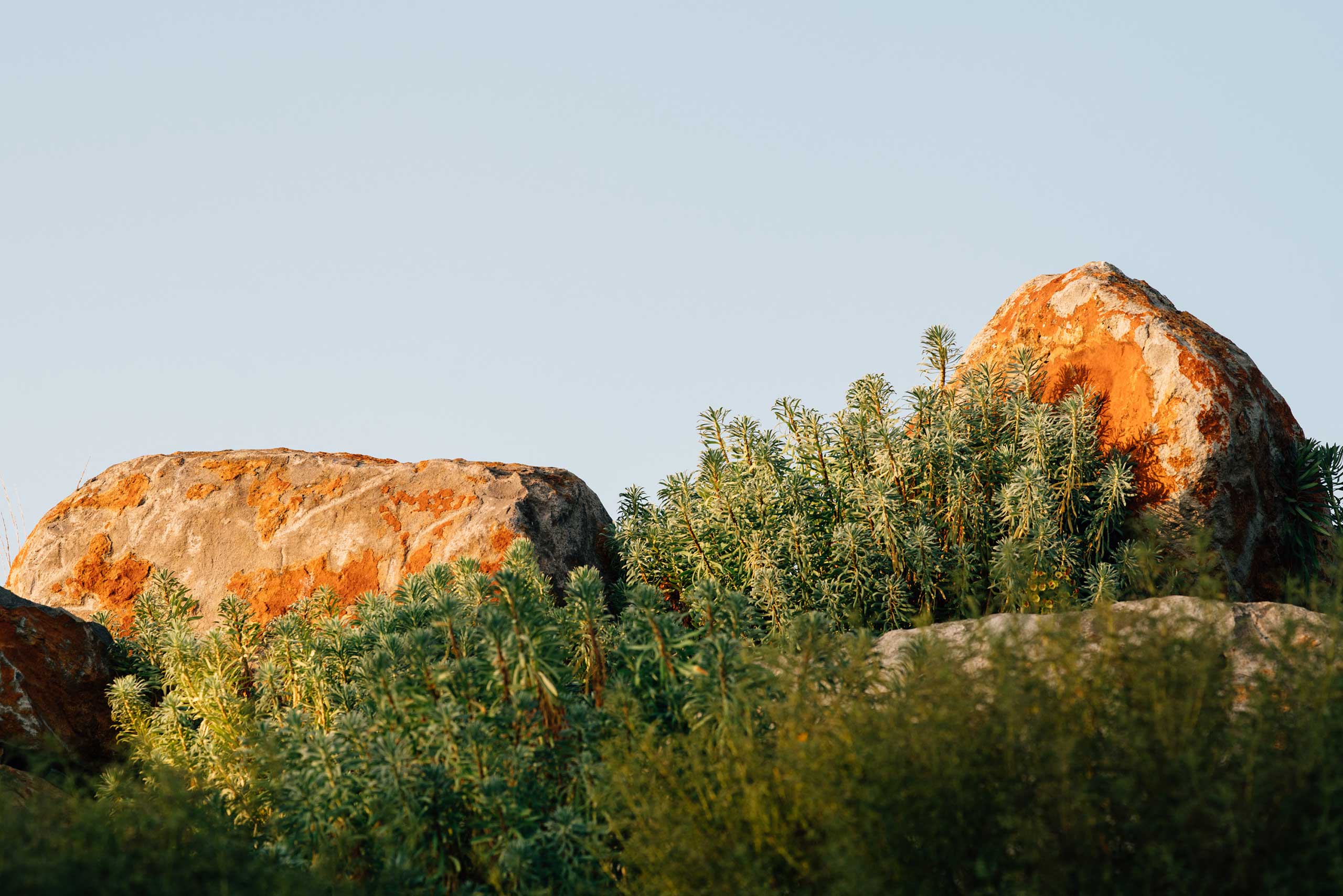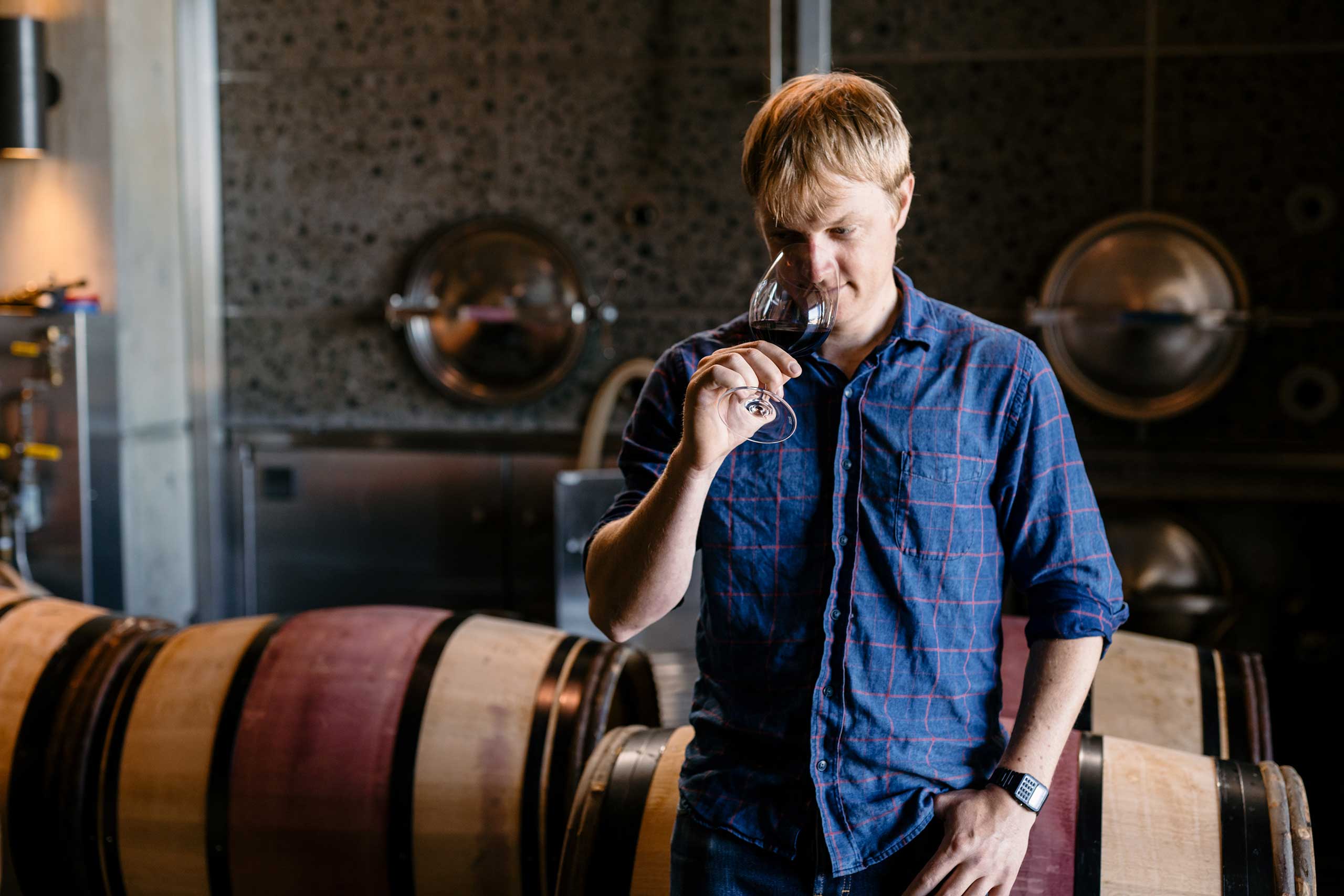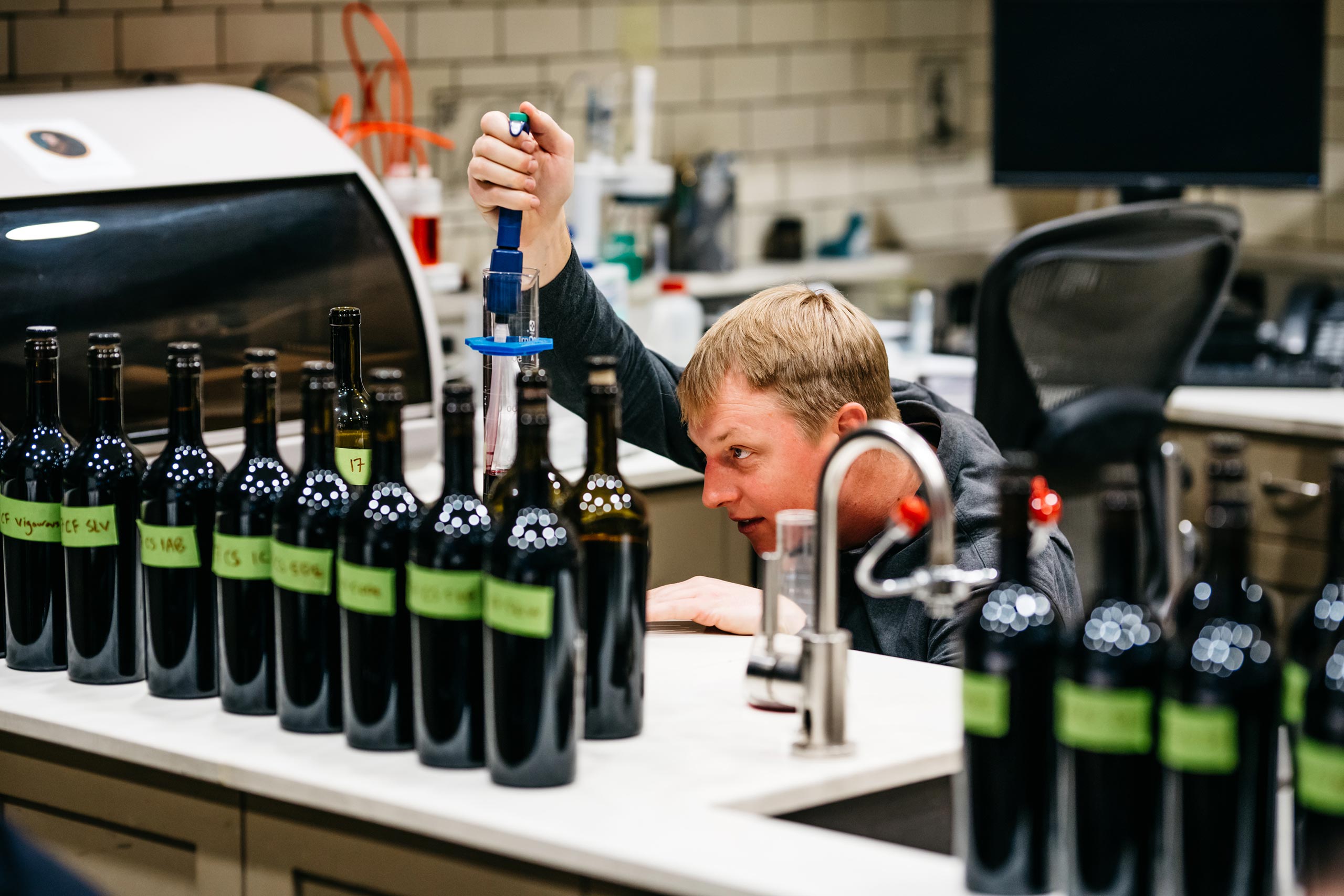A Sense of Place: Nostalgia
An Essay from the James Beard Award-Winning Author

Wines of place are tasked with a higher calling, sacred and not easily attained – to transmit the unique vinous identity of an individual plot of land from which the grapes came. The reasons we ask this of fine wines are cultural, commercial and historical. They are also personal and spiritual.
Through OVID Guest Essays, we invite a broader perspective on the intersection of place, purpose and time, as told firsthand through authors, artists, innovators, explorers and craftsmen. Each storyteller has spent a lifetime listening to these evocative places and advanced our understanding as vineyardists and students of terroir.
I was eight when I left Seattle, moving with my family to Texas. Yet, whenever I’m reunited with the mountains and forests of the Pacific Northwest, some inner part of me begins to relax in a way that happens in no other place. And when I’m in Seattle, I’m keenly attuned, taking everything in: The uniquely soothing sensation of Seattle’s air, humidity, the angle of its sunlight, the powerful scents of forest and waterfront – mulchy and woodsy, briny and tarry.
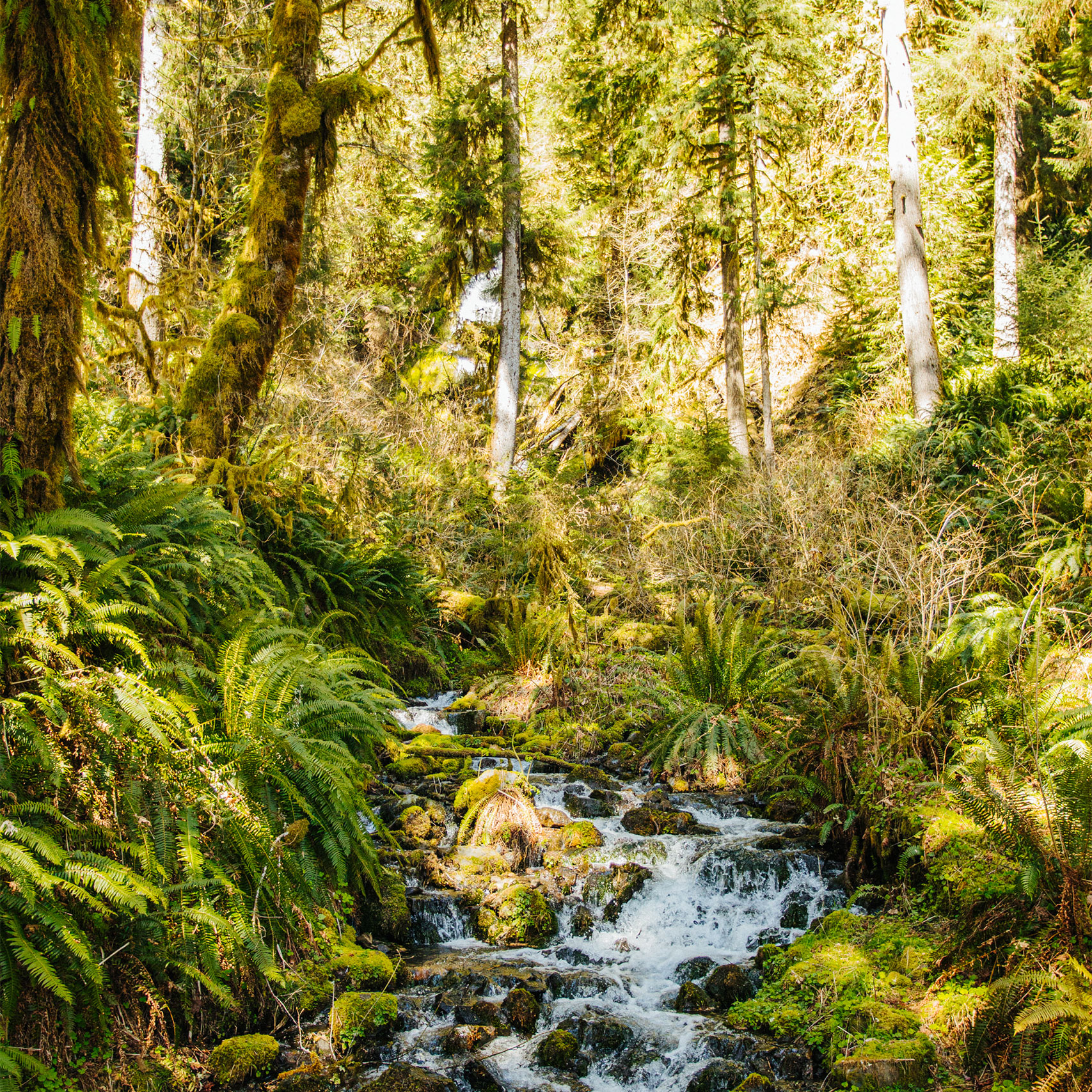
These feelings are very different from what I observe when I return to Austin, a town I love and where I spent most of my youth and twenties. Or San Francisco, where I lived for the ensuing twenty years. The strangeness I felt upon arrival in both cities forever stamps my impressions. Austin’s shockingly warm air and humid scents unfailingly elicit tinges of the nervous eight-year-old boy arriving at third grade in an alien place. San Francisco’s frigid fog, clanging streetcars and purifying light always return similar feelings of strangeness, but this time shaded with the hopeful possibility of renewal I felt at the time.
These sensations that make up my “sense of place” – Seattle, Austin and San Francisco – are largely physical and based on touch, smell and sound. But they are also profoundly emotional, inextricably tied to feelings – both conscious, subconscious and pre-conscious.
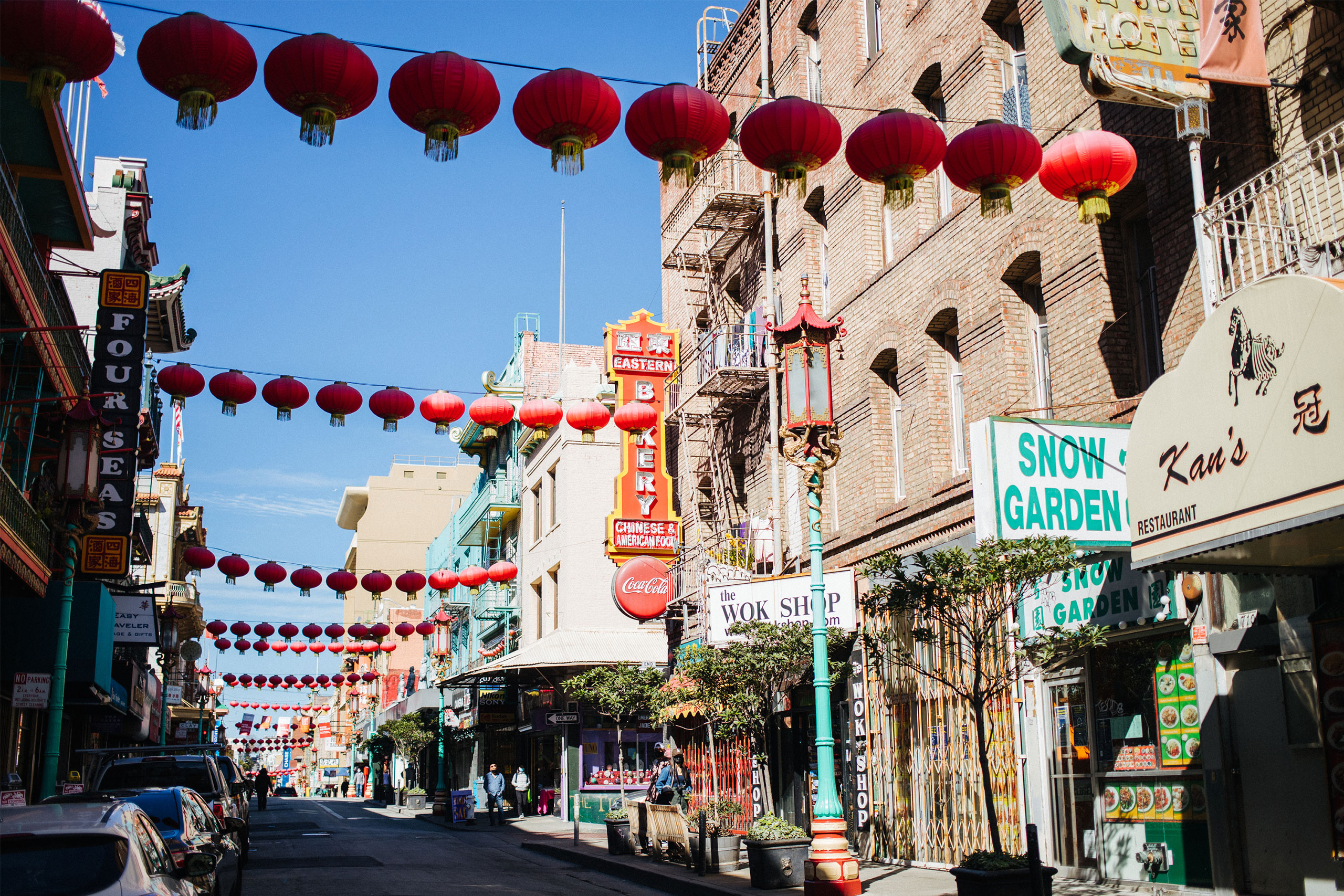
Chinatown San Francisco is the oldest Chinatown in the USA and largest in the world, outside of Asia. Streets and alleyways brim with alluring smells from nearby dim sum restaurants and teashops.
So, what might such feelings taste like? We know that taste – more accurately, smell – is hardwired into our brain’s memory center. Certain smells seem to activate our synapses more acutely than others. Often, we don’t even know what’s going on. We just feel moved or inspired or energized by a certain stimulus. Proust’s famously transporting madeleine was a capsule of time and place that required seven volumes to untangle: “No sooner had the warm liquid, and the crumbs with it, touched my palate, a shudder ran through my whole body…”
When “sense of place” is typically evoked regarding wine, it often refers to some accumulation of technical details. Experienced wine tasters pick apart a wine, noting that its fine-grained tannins or vibrant acidity or hint of eucalyptus are hallmarks of a unique origin. But while it is exciting to recognize a distinctive wine in a blind tasting or otherwise, that alone doesn’t spark the kind of sense memory that inspired Proust – the kind that truly electrifies our lives. Our most powerful perceptions of wine are connected to feelings. For not only is wine capable of expressing its own place, but it also sparks a sense of the place and time where you first drank it – and all subsequent times. All of these feelings are resonant and powerful, and they can all exist simultaneously.
To respect the profound Proustian cue great wines can inspire in us, we create ceremony around drinking fine wine. Ceremony prompts us to drink more mindfully, intentionally and with deeper engagement. And while we may say that by so doing we’re trying to pay deeper attention to a wine, we’re also augmenting its sense of its place by adding our own.
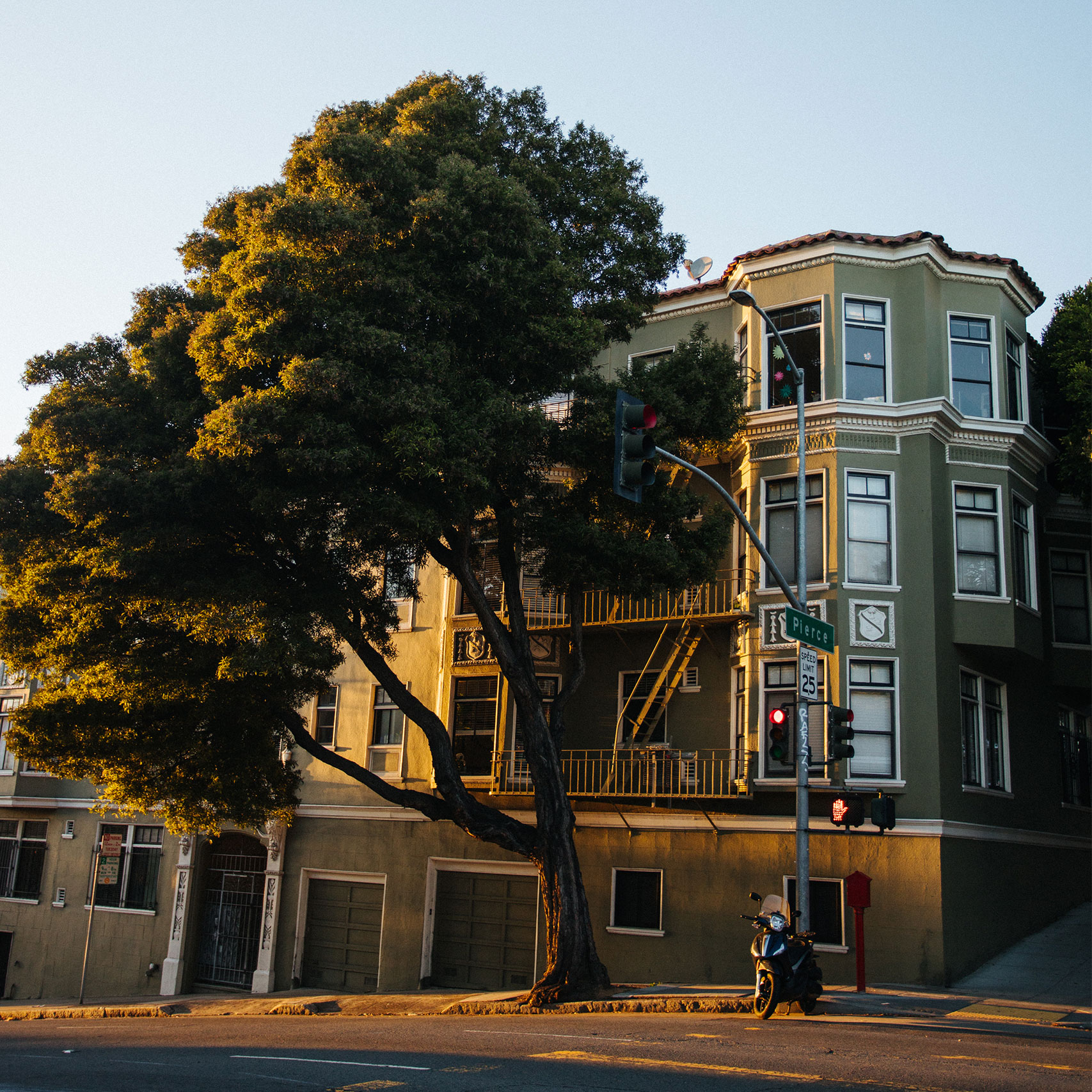
This explains something that’s driven me ever since I discovered wine. Truly inspiring wines always compelled my desire to see the vineyard, meet the maker, visit the village and truly marinate myself in its landscape. I naïvely thought that impulse stemmed from a professional desire for thoroughness, but now I can see that it was just as much to explore a sense of myself. I wanted those places to be as deeply resonant in me as Seattle, Austin and San Francisco, and I wanted to be able to cue those feelings by holding a glass to my nose.
I suggest you do the same. When you find a wine that you truly love, pursue it to its home – be it in Burgundy, Tuscany or in Napa on Pritchard Hill. Its sense of place is not only a concept, but it’s also a homing beacon, beckoning you to have experiences and adventures around that wine that expand the wonder, joy and gratitude you felt the first time you encountered it. Not every great wine will beckon us in this way, but for those that do, it’s in our best interests to respond.
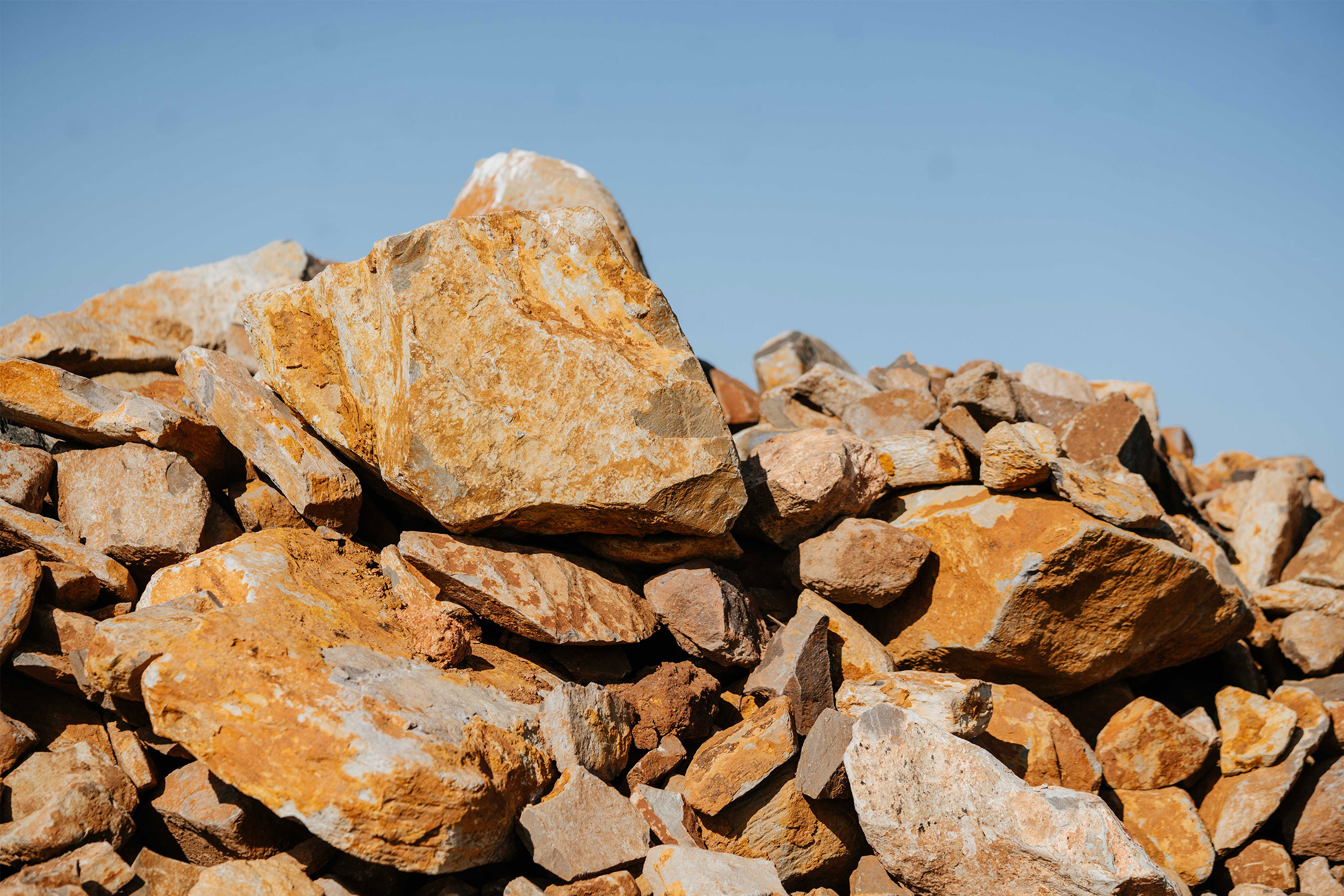
The iconic, red volcanic soil series of Pritchard Hill lines the narrow road leading up to OVID Napa Valley.
About the Author
Jordan Mackay is a journalist, writer, and co-author of several award-winning books on wine and food, including Secrets of the Sommeliers, The Sommelier’s Atlas of Taste, Franklin Barbecue, and Franklin Steak. His next book, Franklin Smoke releases in May 2023.
